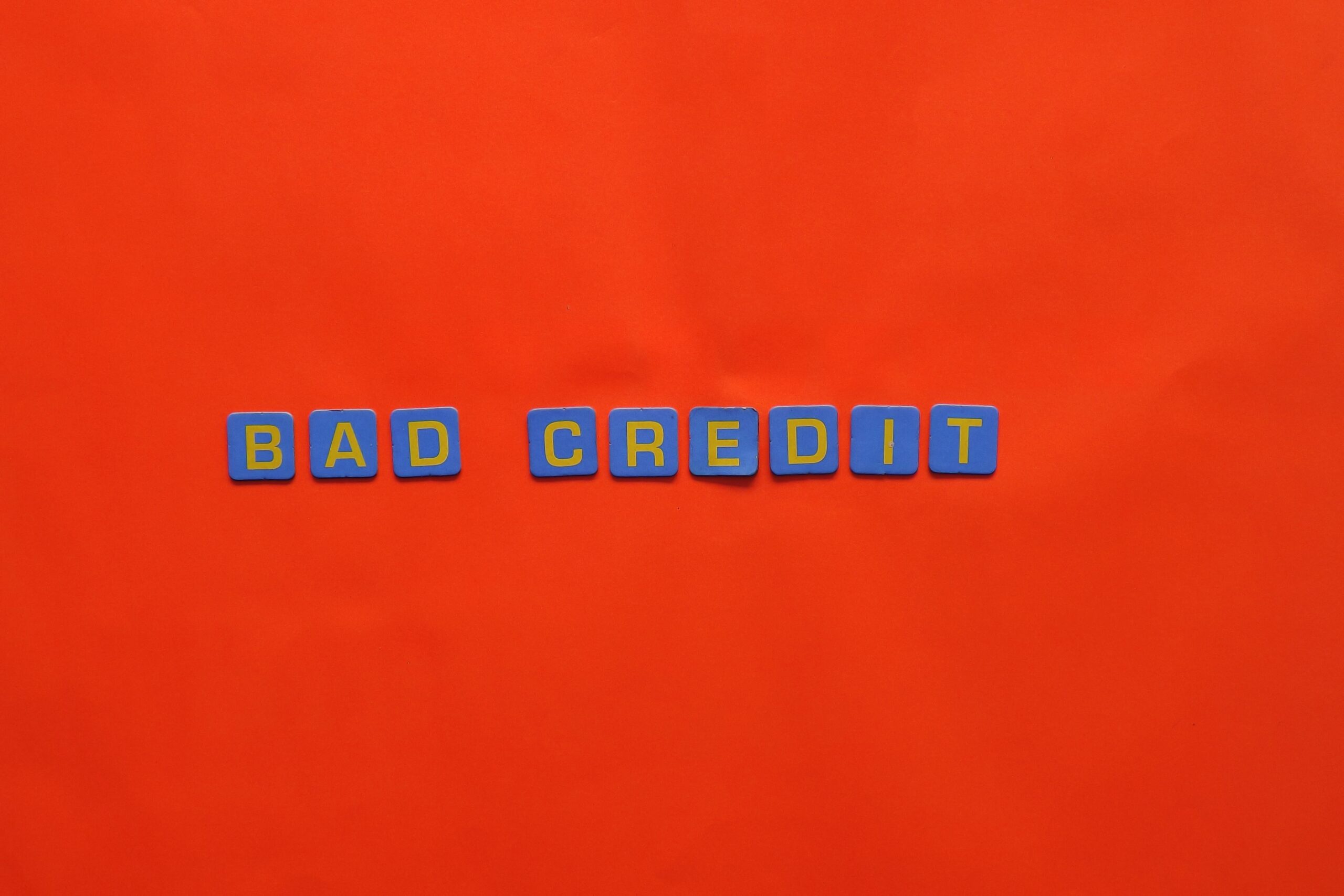A business loan can provide essential funding for your business. Whether you’re just starting out and you need funds to help pay for equipment, or you’ve been trading for a few years and you’re looking for bigger premises, a business loan is a popular way to borrow money.
Here, we look at everything you need to know about applying for a business loan.
Calculate how much you need
The first step to getting a business loan is to calculate how much money you need to borrow. Business loans can be for as little as $1,000 or as much as $10 million. You’ll need to consider exactly what you need the funds for and be prepared to explain this to the lender. For example, you might want to use the money to purchase property or a vehicle, pay salaries, or fund overhead costs.
Keep in mind that the amount you can actually borrow will depend on your business’ financial situation and credit rating. If your business has been trading for a number of years and has a good credit score, you’re more likely to be able to borrow a larger sum compared to a business that is only just starting out and has yet to build a credit history.
Write a business plan
As part of your business loan application, you’ll need to write a business plan. A well-presented, thorough plan will prove to lenders that you’re serious about your business and have a clear vision about the future of your business and how you will achieve those goals.
Your business plan should include:
- An executive summary: a one-to-four-page summary of what is included in the plan.
- A business overview: explaining what your business does and where it’s located.
- Financial projections: including revenue, expenses, cash flow and profit.
- Market analysis: an overview of the market as a whole.
- Management team and strategies: including all key players involved in the business.
Work out how much you can afford to repay
It’s important to ensure that the amount you’re borrowing through a business loan is affordable and that you can keep up with your repayments. This means you’ll need to factor in both the interest rate of the loan and the length of time you wish to borrow.
Keep in mind that a longer loan term will reduce your monthly repayments and potentially make it more affordable in the short-term. But this also means that you’ll pay more in interest over the long-term. On the flipside, opting for a shorter loan term will mean your monthly repayments will be higher, but you’ll pay off the loan faster and save in interest. Shorter-term loans are often easier to get accepted for too.
Our business loan calculator will help you work out how much your loan repayments will be, based on the amount you want to borrow, the interest rate charged and the term. You’ll be able to see your average monthly interest payments and the total monthly repayment amount, as well as the total interest paid and the total cost of the loan.
Speak with a financial adviser or accountant
Before taking out a loan, it’s sensible to speak to a financial adviser or accountant who will be able to discuss your options with you. They can assess your business needs and financial situation to help you to work out what type of loan is best for your business, as well as which lenders might be more likely to accept your application.
Decide on the type of loan you need
There are a number of different business loans to choose from, so it’s important to weigh up the pros and cons of each to help you work out which is best for you. Some of the most popular loan types include:
Unsecured loans
Unsecured business loans are often offered by mainstream banks and let you borrow money without having to secure the loan against any business assets, such as property or machinery.
Unsecured loans enable you to borrow a lump sum of money that you then repay in fixed monthly instalments over a set term with interest.
Secured loans
Secured loans often let you borrow a larger sum of money compared to unsecured loans because they require you to secure your loan against an asset. Typically, this is a property, equipment or machinery. If you’re unable to repay your loan, the lender can sell the assets to recoup the cost of the loan.
Because secured loans are less risky for lenders, interest rates tend to be lower compared to unsecured loans and terms can be longer. However, secured loans are riskier for the borrower so they should always be considered with care.
Merchant cash advance
Merchant cash advances best suit small businesses that accept debit and credit card payments from customers. They’re often favoured by the hospitality, retail and leisure sector.
Merchant cash advances work by advancing a lump sum to your business based on your future card sales. This amount is then repaid as a percentage of your customers’ card payments using a card terminal. The percentage you pay to the lender does not change, but the sum you repay each day, week or month will fluctuate to match your card payment income. This means you pay more when sales are going well, and less when it’s quieter.
Invoice finance
With invoice finance, you issue an invoice to a customer and the lender will advance you a large percentage of the invoice value upfront – this can be up to 95%.
There are two different types of invoice finance. With invoice factoring, you borrow against your unpaid bills and the lender will collect payment direct from your customers. The lender will then pay you the remaining balance minus any fees and charges.
With invoice discounting, you will be responsible for collecting the money from your customers and you then pay your agreed fee.
Asset finance
Asset finance lets you lease equipment and vehicles for your business. You pay regular fixed payments, with interest added on top and, depending on the type of asset finance, you’ll either own the item outright at the end of the term, or you might have the option to pay an additional sum to buy it.
Peer-to-peer lending
Peer-to-peer lending is where a large number of private investors (this could be individuals or businesses) choose to lend your business money, usually through an online platform. The lender earns interest on the loan, but the idea is that you as the borrower usually get a more competitive rate of interest than you would with a mainstream bank. Just be aware that you might need to pay a fee to arrange the loan.
Apply for the loan
Once you’ve decided which type of loan best suits your business, it’s time to make your application.
Evidence required
The evidence you’ll need to provide as part of your loan application can vary depending on the lender, but you’ll usually need to provide the following:
- Business bank statements – you might need to provide up to six months’ worth and these will help verify the income and outgoings of your business.
- Financial accounts – these give lenders an even better picture of your business’ financial situation, including revenue, profitability and a balance sheet.
- Business and personal tax returns – if your business is fairly new, it’s more likely that your lender will want to see your personal tax returns.
- Proof of ID and address – you can usually use a passport or driving licence as proof of ID, while proof of address will need to be a utility bill or bank statement.
Tips for a successful application
To increase your chances of being accepted for a business loan, make sure you have a solid business plan prepared. You’re also more likely to get accepted if your business has a good credit score, so it’s worth checking your score yourself before you apply.
Swoop can also help you get your credit score checked for free. If your business credit score is poor, there are steps you can take to improve it. These include paying your bills and invoices on time, correcting any mistakes on your credit report and keeping your credit utilisation low. Your credit utilisation is how much of your available credit you use and it’s generally best to keep your credit utilisation at 25% or below.
Your chances of success might also be higher if you’ve invested some of your own money into your business. This can prove to lenders that you’re committed and have confidence in the business. As a general rule, lenders like owners to have at least 25% equity in the business they are going to finance.
How to find the right loan for your business
The best way to find the right loan for your business is to shop around and compare your options carefully. This is easy to do right here at Swoop. Consider factors such as the amount you need to borrow, the terms of the loan, including whether you need to secure it against an asset, and the interest rate charged to be sure of finding the best deal for you.
Get started with Swoop
If you’re unsure which type of business loan is best for your business, the team of experts at Swoop will be happy to discuss your options and help you find the most appropriate solution. Register with Swoop to get started.








 yet? Register here!
yet? Register here!